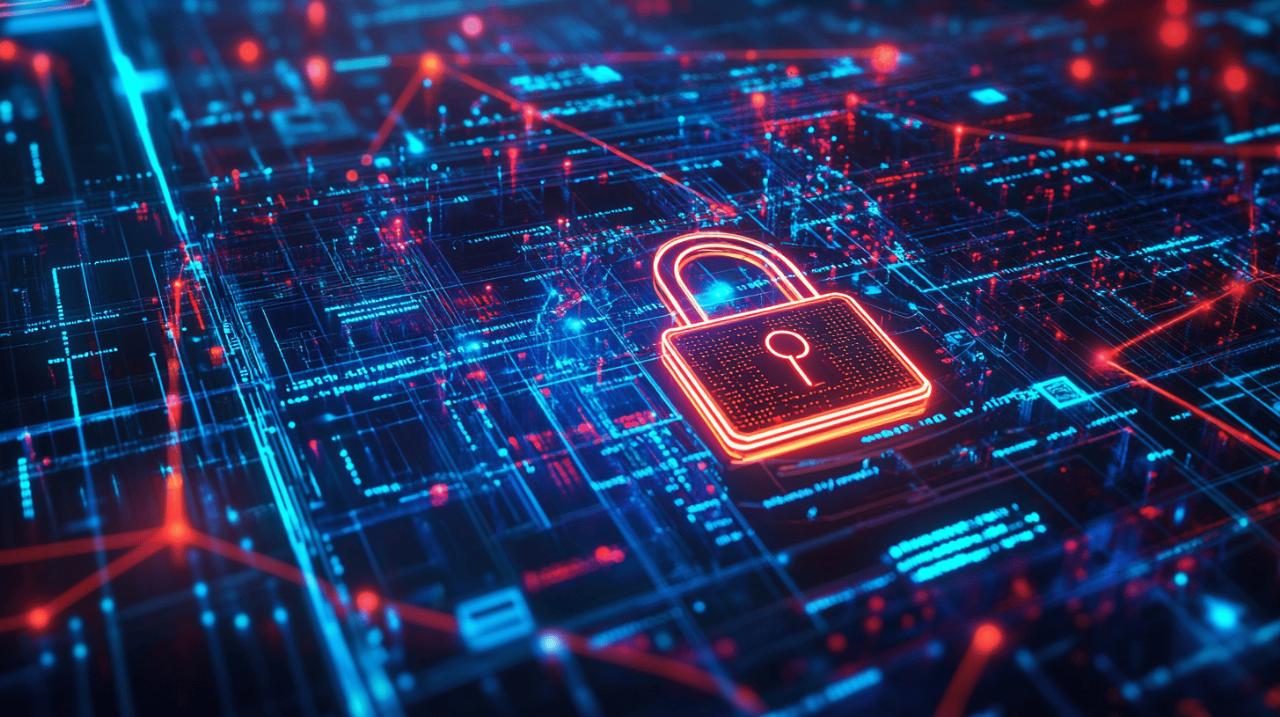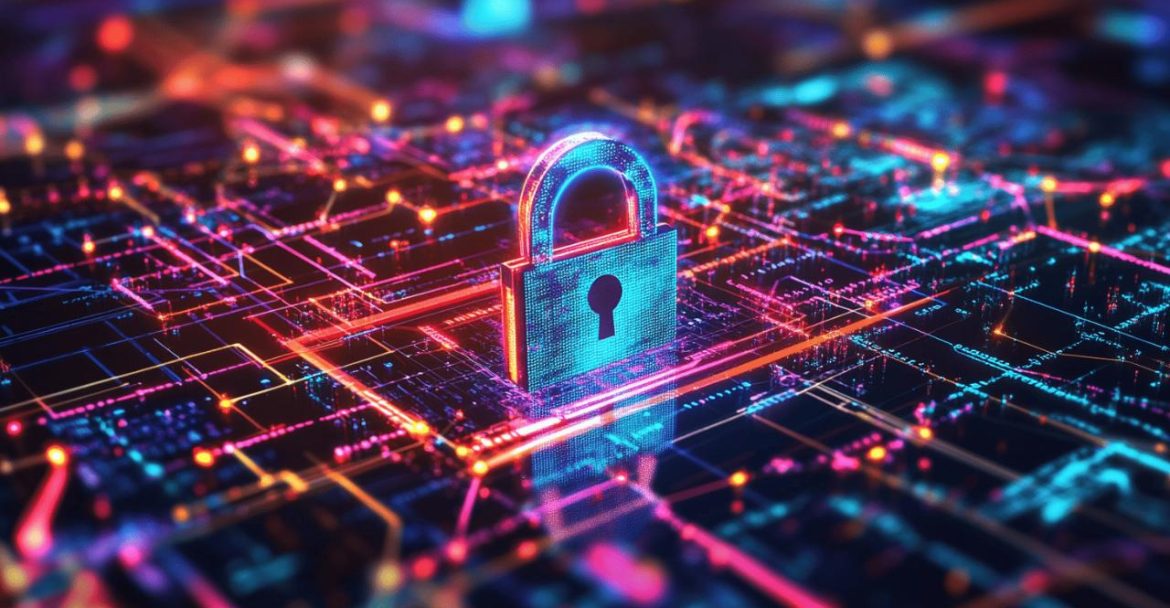In today's digital landscape, protecting your online data has become more crucial than ever. As cyber threats evolve and become increasingly sophisticated, understanding how to secure your information is essential. Digital certificates play a vital role in this protection framework, acting as electronic guardians of your data whilst you navigate the online world.
The fundamentals of digital certificates
Digital certificates function as electronic passports in the virtual world, providing a reliable way to verify identities online. When you connect to a website displaying the padlock icon in your browser's address bar, you're witnessing digital certificates in action. These certificates ensure that the connection to the website is secure and that the site is genuine. For comprehensive information about digital certificates and cybersecurity practices, resources like those found at https://www.acacert.it/ provide valuable insights for both individuals and organisations seeking to enhance their online security posture.
What are digital certificates and why do they matter
Digital certificates are electronic credentials that establish the authenticity of websites, organisations, or individuals in the online environment. Think of them as digital identity cards that verify that an entity is genuinely who they claim to be. This verification is crucial because it prevents cybercriminals from impersonating legitimate websites to steal sensitive information. Certificate Authorities (CAs) serve as trusted entities that issue these certificates after verifying the requester's information, including IP addresses and business details. Without digital certificates, the internet would be a far more dangerous place, with users unable to distinguish between legitimate websites and fraudulent ones.
The Structure and Components of Digital Certificates
Digital certificates contain several essential components that work together to ensure security. These include identification information about the certificate holder, expiration dates, licence status, and cryptographic keys. The foundation of digital certificates lies in Public Key Infrastructure (PKI), which manages the creation, distribution, and authentication of public keys. Each certificate contains a public key that works in conjunction with a corresponding private key held securely by the certificate owner. This structure enables the encryption and decryption processes that safeguard data transmission. Digital certificates also include digital signatures from the issuing Certificate Authority, which browsers verify using pre-installed CA certificates to establish trust in the certificate chain.
How digital certificates safeguard your online information
 The primary purpose of digital certificates is to protect your sensitive information as it travels across the internet. When you submit personal details such as passwords, credit card information, or private messages online, digital certificates ensure this data remains secure from prying eyes. This protection is particularly important considering that cybercriminals are exploiting new industry vulnerabilities 43% faster than in the first half of 2023, according to recent cybersecurity research.
The primary purpose of digital certificates is to protect your sensitive information as it travels across the internet. When you submit personal details such as passwords, credit card information, or private messages online, digital certificates ensure this data remains secure from prying eyes. This protection is particularly important considering that cybercriminals are exploiting new industry vulnerabilities 43% faster than in the first half of 2023, according to recent cybersecurity research.
Encryption techniques used in digital certificates
Digital certificates employ sophisticated encryption techniques to secure data. The two main types of encryption are symmetric and asymmetric. Symmetric encryption uses a single key for both encryption and decryption processes. While this method is generally faster and requires less computational power, it presents security challenges when sharing the key between parties. Asymmetric encryption, the backbone of digital certificates, uses a pair of mathematically related keys. The public key encrypts the data, while only the corresponding private key can decrypt it. This approach provides significantly enhanced security for online communications. Additionally, hashing techniques convert data into fixed-length digests to ensure data integrity, making it immediately apparent if transmitted information has been altered in transit.
Protection mechanisms for sensitive data transmission
Digital certificates implement several mechanisms to protect data during transmission. The most common application is in securing web communications through HTTPS protocols. When you connect to a secure website, an SSL handshake occurs where the server presents its certificate to authenticate its identity. Your browser verifies this certificate using the Certificate Authority's public key. Once authentication is complete, a secure encrypted channel is established for data exchange. Beyond websites, digital certificates protect various forms of online communication, including secure file transfers, email encryption, and code signing for software distribution. Enterprise solutions often implement Zero Trust Network Access principles alongside digital certificates, requiring continuous verification rather than assuming trust based on network location. This layered approach provides robust protection against sophisticated cyber threats targeting sensitive data.

